Reusable Ceramics for Storing and Carrying Heat!
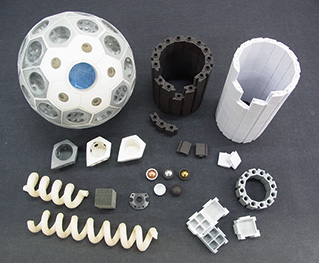
Do you know ceramics?
Ceramics are used just for familiar tableware, but also in a variety of places in smartphones as electronic components.
By taking advantage of their high heat resistance and forming them into precise configurations, ceramics can even be used to carry heat.
Foamed Metals!
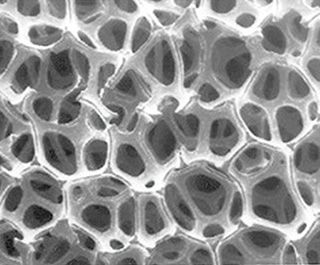
Even metal materials can be foamed.
Isn't the idea of metal that's full of air exciting?
They're light enough to float in water, yet rugged!
Application in materials that protect people by absorbing impact are now being realized.
Liquids That Absorb Carbon Dioxide!
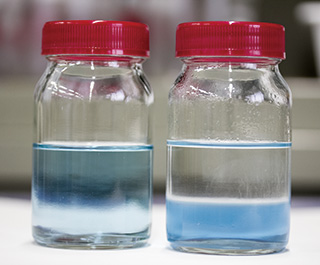
To prevent global warming, something must be done about carbon dioxide. A liquid that efficiently absorbs carbon dioxide has been developed. We're tackling global environmental issues in a serious way!
A Bendable Solid-state Lithium-ion Battery!
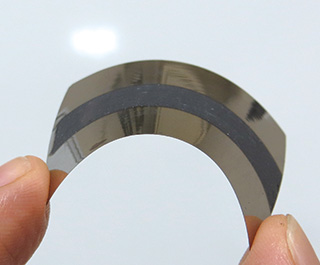
This is the new form of a solid-state lithium-ion battery that uses ceramics for its electrolyte. Don't you think it's amazing that it's bendable? Steady advances are being made toward achieving practical use.
Computer-created Structural Changes!
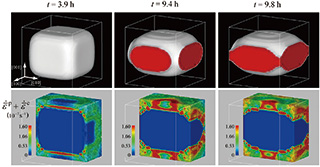
Phase-field models are being used theoretically to create a variety of nanostructures and microstructures. This is bringing us closer to an era when we will be able to make objects through theoretical predictions.
Development of High-efficiency Solar Cells!
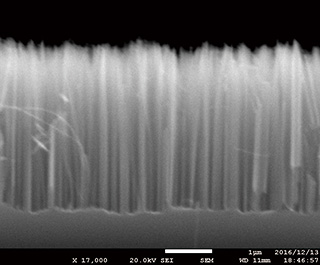
You know what solar cells are, right? Succeeding in greatly increasing their electricity-producing efficiency will also reduce CO2 emissions by large amounts. Solar cells made of silicon nanowires have been developed that achieve high efficiency in producing electricity. Doesn't it look like a brush? This structure was the key!
A Synchrotron Radiation Facility!
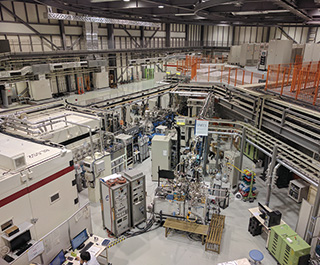
Measurements are being conducted at this enormous leading-edge facility! Using powerful synchrotron radiation enables us to understand the structure of materials in close detail. (Aichi Synchrotron Radiation Center)
Viewing Atoms One by One!
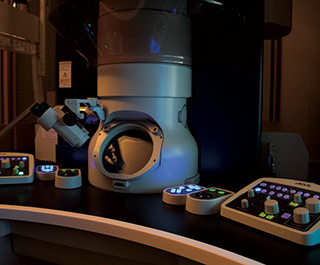
Ultra-high resolution transmission electron microscopes are microscopes that use electrons! This enables us to freely examine the arrangement of atoms. (High Voltage Electron Microscope Laboratory)









